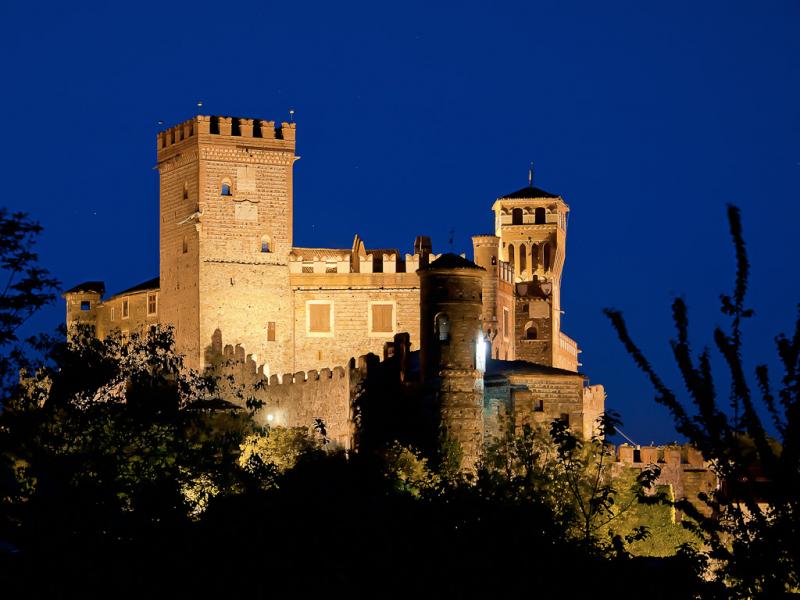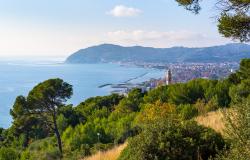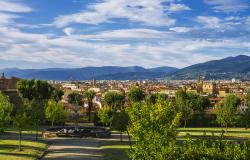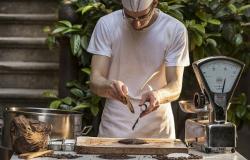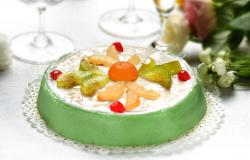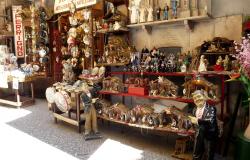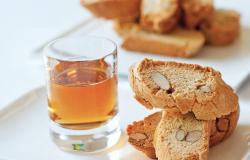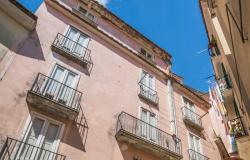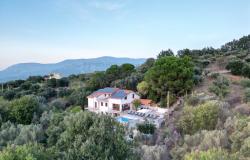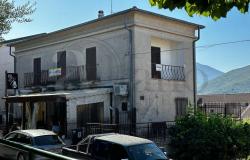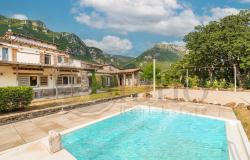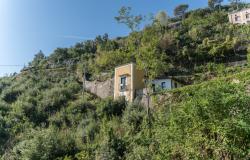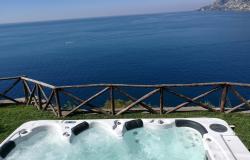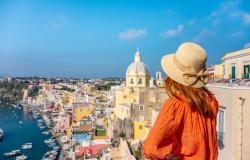The trade, manufacturing and banking wealth of the country’s tiny city states—the very reason rulers warred among themselves and attracted the greedy eye of foreign powers—also fuelled a new need for artistic beauty, which culminated in the perfect harmony of the Renaissance.
A walk around any Italian art city or medieval village offers a tantalising glimpse of that world. But what if you could live in medieval Italy for a day?
Many Italian towns and villages hold fascinating re-enactments of the country’s golden era. Some are just parades commemorating historic events, but in other places the Middle Ages come fully back to life, with ancient markets, games, tournaments, and villagers dressed in period costumes against the backdrop of looming castles and fragile pievi. We have selected three of the very best summer re-enactments where you can really get a taste for medieval life in Italy.
Ferie Medievali - Pavone Canavese - Piedmont - May-June
 You’ll be excused for not having heard of Pavone Canavese—most Italians haven’t either. But the tiny village, which stands at the foot of a fairy tale like castle on the border between Piedmont and the Aosta Valley, is the seat of Italy’s most established medieval re-enactment, the Ferie Medievali.
You’ll be excused for not having heard of Pavone Canavese—most Italians haven’t either. But the tiny village, which stands at the foot of a fairy tale like castle on the border between Piedmont and the Aosta Valley, is the seat of Italy’s most established medieval re-enactment, the Ferie Medievali.
Every year, Pavone hosts a week of revels and duels, music and games. The village streets become an open air market crammed full with stalls selling wooden swords, helmets, breeches and dresses. Jugglers throw dozens of balls in the air, dancers move gracefully at the sound of trumpets and drums, and virtually everyone in the village goes around dressed in period costumes.
Children can try their hand at skittles, bowling and quoits, grown-ups can have the dubious pleasure of being (mock) pilloried, and families can eat together in the dark cellars of the old village taverns, where a traditonal fayre of grilled sausages and meat comes accompanied by a decidedly modern plate of chips.
But then the drums roll again, and every eye turns towards the main square where Furor and Ferrum, an international tournament of historic duelling takes place. Europe’s best fighters and fencers face off in a competition that prizes historical accuracy of techniques, costumes and weapons as much as skills.
After a long day, visitors to the Ferie can rest their weary bodies in (period) style at the ninth century Castello di Pavone, which is now a hotel and restaurant.
When: End of May Beginning of June. For more information, visit: www.feriemedievali.com.
1445 Un Anno all’Assedio - Gradara - Le Marche - July
 Stepping into Gradara is like entering a time warp and not only because the place has a virtually intact fortress, thick medieval walls and ancient churches. Throughout the year, the town hosts medieval feasts and re-enactments, the most famous of which is the Assedio al Castello—a commemoration of the siege that Francesco Sforza and Federico da Montefeltro inflicted on Gradara in 1446 but had to lift after 43 days of strenuous resistance by the local populace and their leader Sigismondo Malatesta.
Stepping into Gradara is like entering a time warp and not only because the place has a virtually intact fortress, thick medieval walls and ancient churches. Throughout the year, the town hosts medieval feasts and re-enactments, the most famous of which is the Assedio al Castello—a commemoration of the siege that Francesco Sforza and Federico da Montefeltro inflicted on Gradara in 1446 but had to lift after 43 days of strenuous resistance by the local populace and their leader Sigismondo Malatesta.
This year, however, a one-off event replaces the siege re-enactment, providing an even better choice for people looking to live a day in the Italian Middle Ages.
Whoever crosses the town gates on 19 to 21 July 2013 will suddenly step back in time to 1445, the year before the siege. Streets will be lined with stalls selling replica goods, homes will be furnished in medieval style and period-faithful encampments will crop up here and there.
The scents, sounds and sights of the Middle Ages will permeate every corner of Gradara, from restaurants and shops to workshops and kitchens. And for a true hands-on experience, the most adventurous visitors will be able to try their hand at making chainmail, forging a sword, cooking a medieval meal, mixing dyes or even training as castle guards.
When: 19-21 July. For more information, visit http://www.gradara.org.
Alla Tavola della Principessa Costanza - Teggiano - Campania - August
 Alla tavola della Principessa Costanza means At Princess Costanza’s table, and there’s no doubt that food takes centre stage in this re-enactment, held in the fortified village of Teggiano, close to Salerno.
Alla tavola della Principessa Costanza means At Princess Costanza’s table, and there’s no doubt that food takes centre stage in this re-enactment, held in the fortified village of Teggiano, close to Salerno.
Teggiano, called Diano in the Middle Ages, was the Princes of Salerno’s main seat of power. Here, Prince Antonello Sanseverino sought refuge after hatching a plot against the then king of Naples, Frederic of Aragon, and managed to emerge unscathed from the ensuing three month siege—testament to the impregnable strength of the village castle and walls.
A few years before the siege, though, Teggiano was the backdrop for a much happier event—the progression of Prince Antonello and his new wife Costanza, daughter of Federico di Montefeltro, Duke of Urbino. It is their wedding (and, presumably, the ensuing banquet) that the three-day re-enactment celebrates.
Scattered along the village streets are six taverns offering roast sausage, fresh and grilled cheese, salami, lamb and wild boar in a triumph of medieval cuisine reinterpreted in a modern Italian key. Between a tavern and the next, weavers, alchemists and scribes offer their skilled services, while jugglers and drummers, trobadours and soothsayers, dancers and fire-eaters entertain the crowds. Master at arms teach aspiring swordsmen the basics of fencing, monks sing the yearning tunes of Gregorian chants, crossbowmen and archers show off their prowess. And of course the beautiful Costanza and her husband, wrapped in luxurious medieval costumes, parade along the village to greet their subjects.
Soon, too soon, the cortege ends and the sun sets. But even then the feasting continues. Princes, courtiers and common people eat, drink and make merry together until late in Teggiano’s torch lit streets.
When: 11-13 August. For more information, visit www.prolocoteggiano.it.
